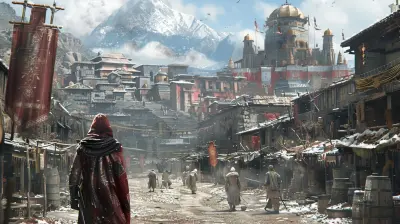Running on Rails: The Appeal of Detailed Train Simulation Games
24 June 2025
Ever wondered why someone would spend hours staring at virtual tracks, controlling a train that moves across vast digital landscapes? At first glance, train simulation games might seem like a niche hobby—one that appeals only to hardcore train enthusiasts or retired conductors. But here's the twist: detailed train sims are booming, and people across all age groups are boarding this digital express.
So, what's behind the charm of these locomotive love letters? Buckle up (or should we say, “all aboard”) as we dive deep into the world of train simulation games. We'll talk about what makes them so engrossing, why the detail matters, and what keeps virtual engineers glued to their screens for hours on end.
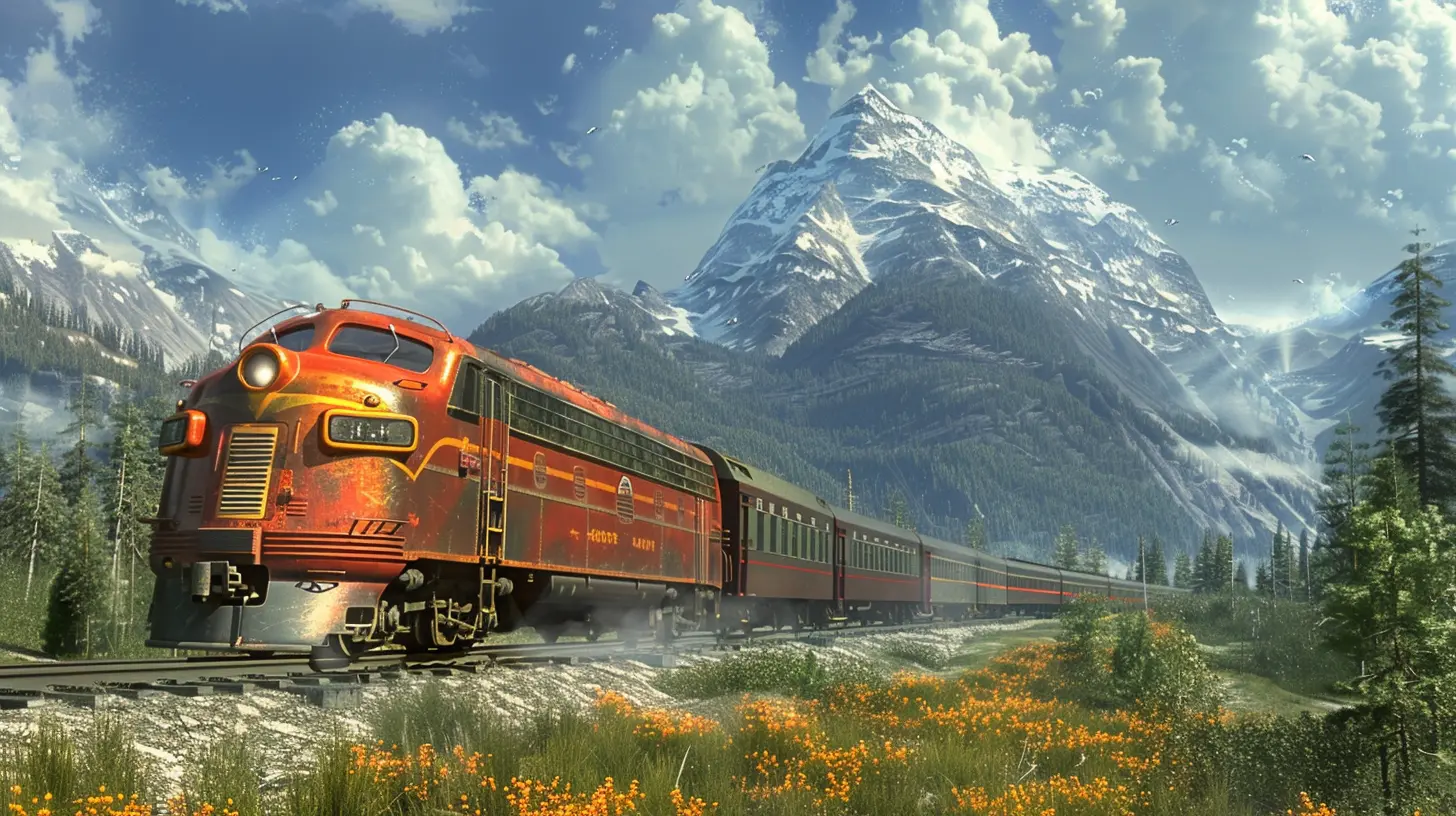
All Aboard: What Are Train Simulation Games, Anyway?
Train simulation games, at their core, are software that lets you take control of a locomotive—everything from historic steam engines to cutting-edge high-speed trains. You don’t just press “go” and watch it chug along. Nope, you’re the conductor, the planner, even the mechanic in some cases. You're managing speed, signals, switches, passenger schedules, and sometimes even cargo logistics.It’s like conducting a symphony, where each wheel turn, brake squeal, and whistle blow needs to be timed just right.
Some popular titles you might’ve heard of include:
- Train Simulator Classic
- Train Sim World series
- Open Rails
- Derail Valley
- Run8
Each game varies in realism and features, but they all share one thing—attention to detail.
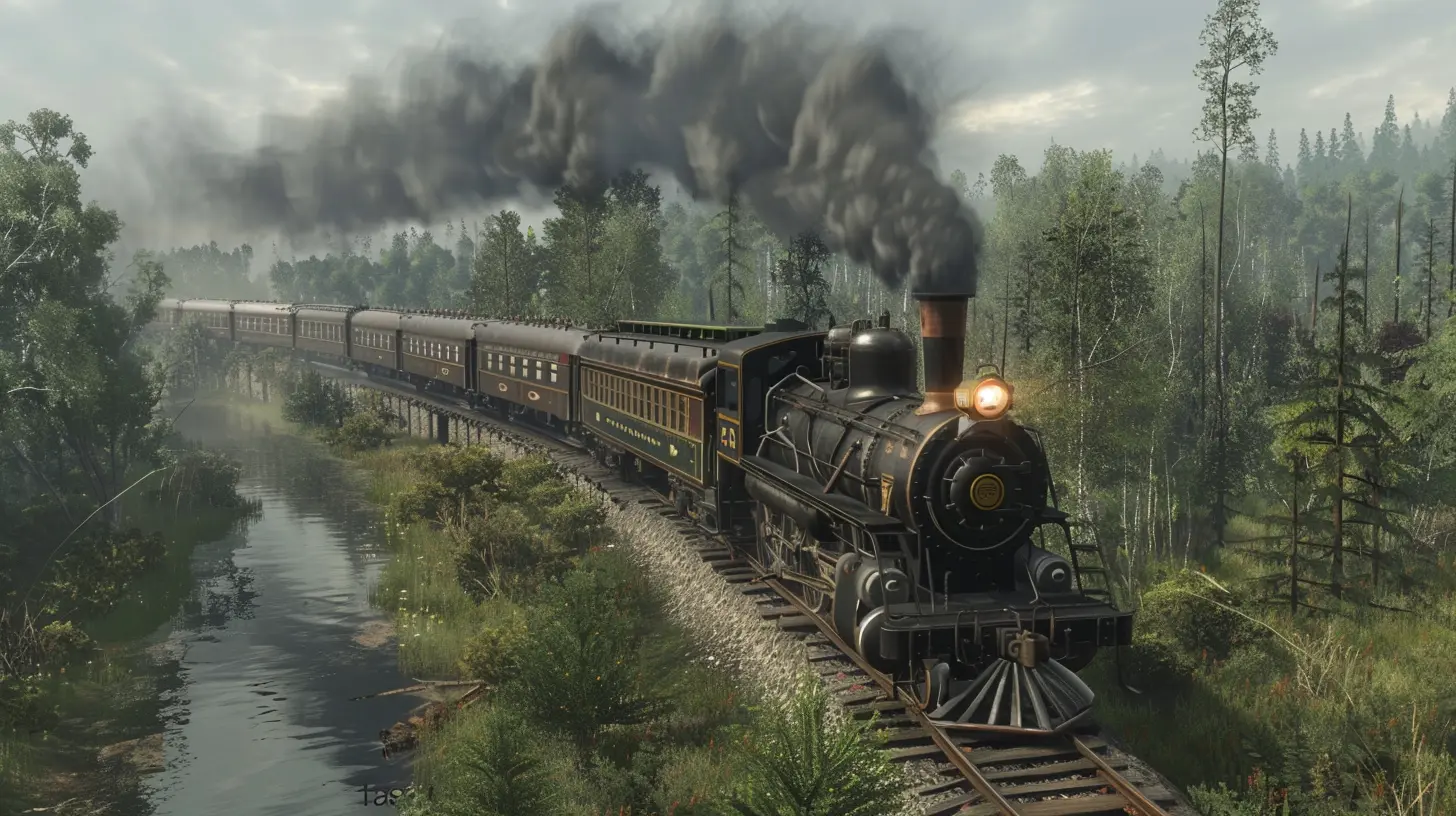
The Power of Precision: Why Detail Is Everything
If you're the type who notices when a train's horn doesn't match the model it's attached to, train sims are your paradise. These games aren't just about moving pixels from Point A to Point B—they’re about immersion.Detailed train simulators replicate:
- Real-world physics: Weight, speed, track incline, and weather all play a role.
- Official rail schedules: Miss your departure window and you're messing up a whole line.
- Accurate cabin controls: Buttons, levers, dials—you may need a manual just to get moving.
- Authentic environments: From snowy Alps to bustling urban stations, geography and weather matter.
Why does this level of realism matter? Because it's meditative. For many players, mastering these details is like a form of digital craftsmanship. It’s calming. Think of it like building a ship in a bottle, but with locomotives—and possibly fewer splinters.
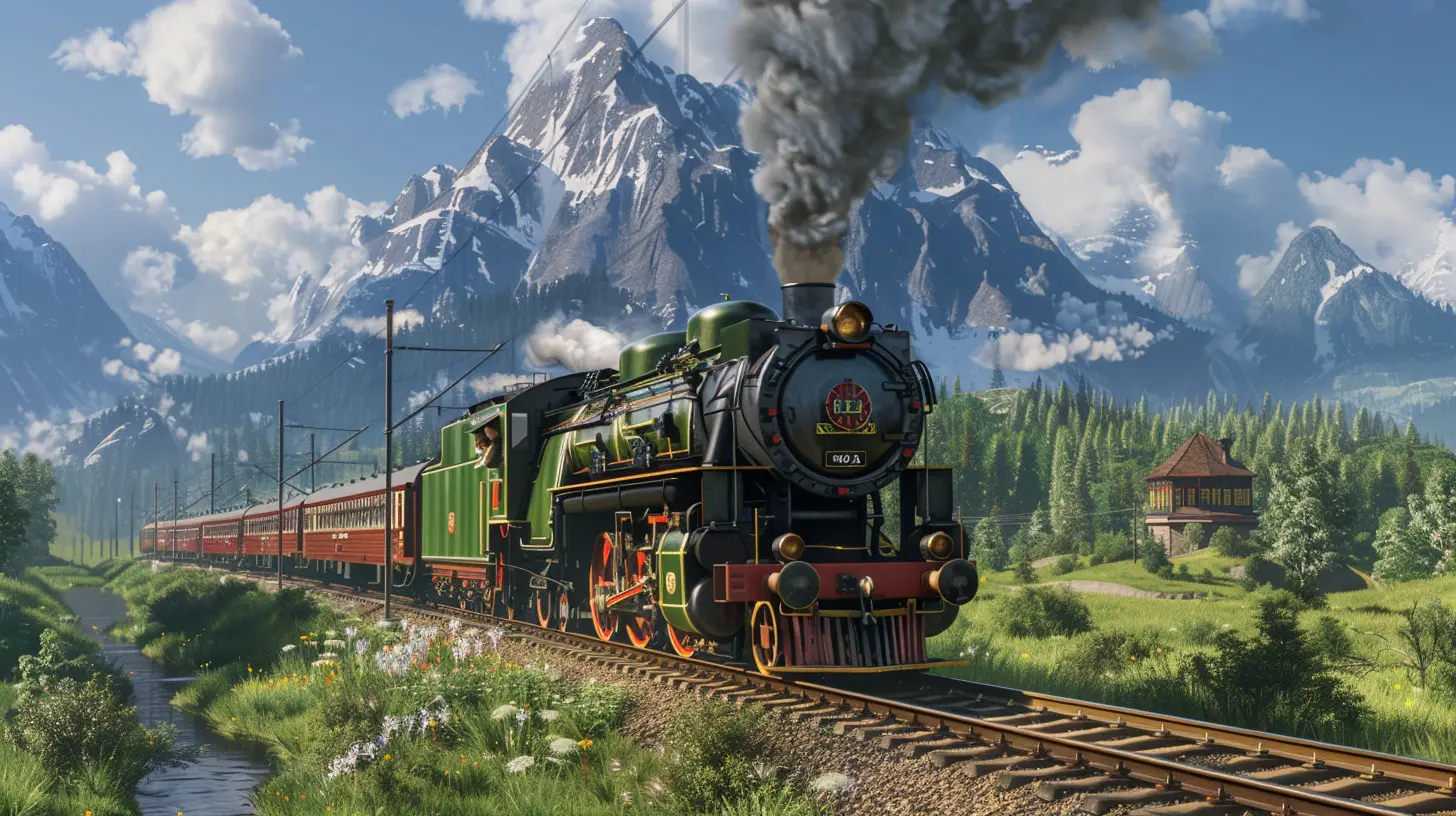
Slow and Steady: The Beauty of a Relaxed Pace
Let’s be honest: not everyone wants to play high-stress, fast-paced games all the time. Sometimes, you just want to settle into your virtual engineer’s seat, sip your coffee, and roll through scenic landscapes at a steady 60 mph. It's mellow. It's satisfying. It's kind of like ASMR for gamers.Train simulation games sit in that sweet spot of being engaging without overwhelming. There's a rhythm to them—starting the engine, checking the signals, accelerating smoothly, coasting into the next station. It’s almost like a digital form of mindfulness.
And come on, who doesn’t enjoy watching the sun rise over a digital mountain range while hauling coal across the countryside?
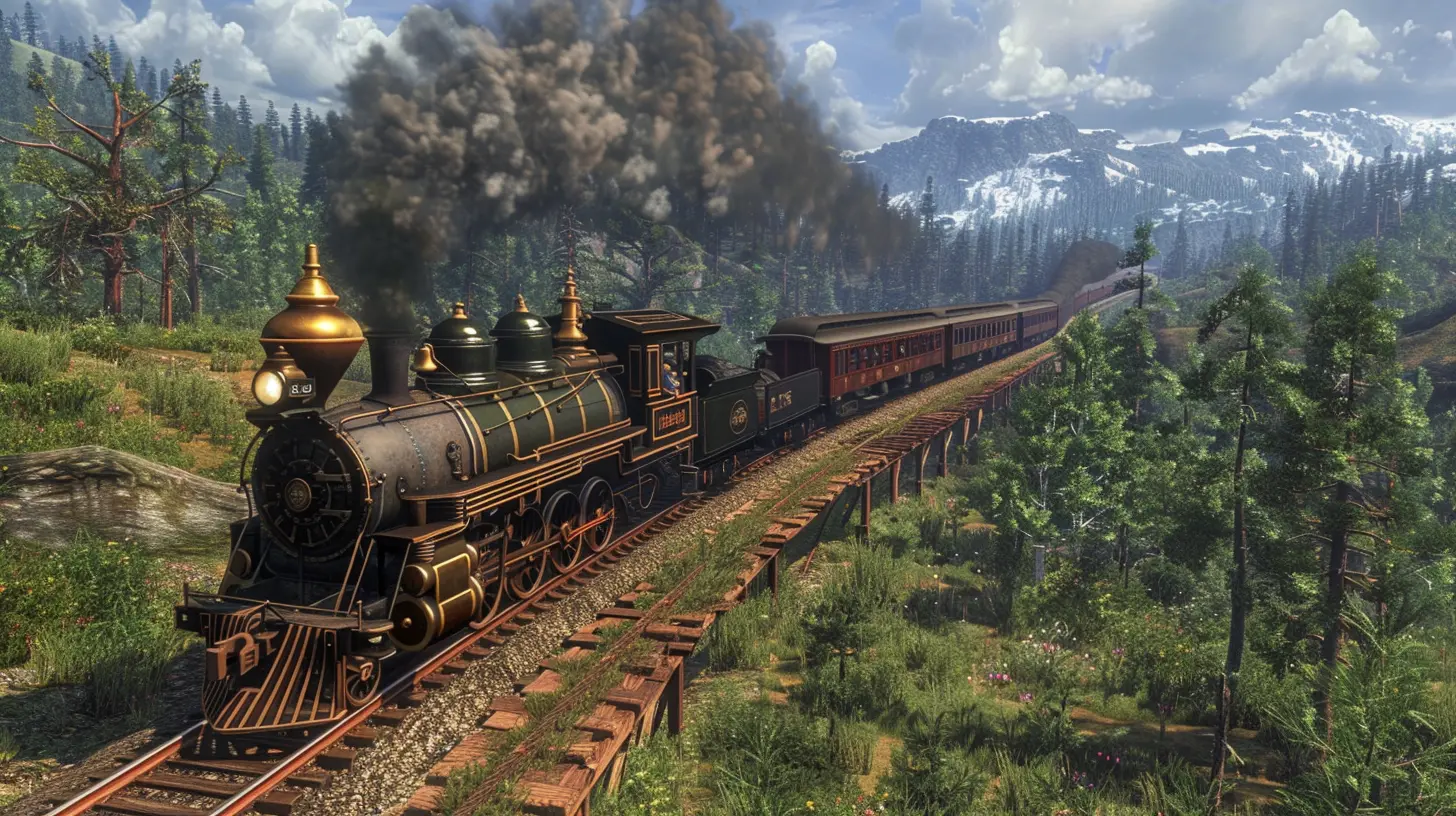
Real-World Skills, Virtual Rails
You might be surprised to know that train simulation games aren’t just a playground for hobbyists—they're occasionally used for real-life training purposes. Train conductors-in-training can use lifelike simulators to get familiar with routes, control mechanics, and safety protocols before ever stepping into a locomotive cabin.Even for non-professional players, these games can subtly teach:
- Time management: Stick to schedules or face the consequences.
- Problem solving: Figure out how to reroute when there’s a signal failure.
- Attention to detail: One wrong switch and you could derail—literally.
Not to mention, the transferable appreciation for transportation logistics. You start seeing your morning commute in a whole new light.
The Joy of World-Building: UGC and Community Mods
One of the coolest things about train simulators? The community. Most of these games support, and even rely on, user-generated content (UGC). That means players can build their own routes, design trains, and even code scripts to tweak certain behaviors.Platforms like Train Simulator Classic have thousands of community-made routes. From an obscure rural line in Scotland to a fictional Japanese maglev system—if it can exist, someone has probably modeled it.
This turns train sims into an ever-expanding universe. Dedicated fans spend years perfecting their creations, sharing them, and building a niche but thriving ecosystem. Honestly, it’s kind of like the Minecraft of transport games.
Rail Fans and Roleplayers: Who’s Playing These Games?
You might be picturing middle-aged trainspotters with stacks of timetables and railway encyclopedias—and sure, they’re part of the audience. But dig a little deeper and you’ll find a surprisingly diverse community:- Casual gamers who want a chill, low-pressure experience.
- Modders and programmers who enjoy the challenge of creating new content.
- YouTube creators and streamers who make Let’s Plays and tutorials.
- Young fans curious about trains and transportation systems.
The thing about detailed train sims is they offer a sandbox that’s broad enough to let anyone find their own fun. Whether you love techy tinkering, quiet exploration, or just the aesthetic of steel rails on sunlit hills—you’ll find something to enjoy.
Graphics, Sounds, and Nostalgia Tracks
Train simulators often get labeled as “nerdy,” but wow do some of them look stunning. Developers have stepped up their game in recent years, offering:- 4K visuals with dynamic lighting and weather systems.
- Immersive sound design that makes you feel every clunk and whistle.
- Photorealistic train models that replicate every bolt and decal.
All of this creates a deeply nostalgic vibe, especially for people who grew up around trains or associate them with childhood vacations. The sounds of the tracks, the rhythmic chugging—it all hits that warm, fuzzy center of your brain. It’s like comfort food, but electronic.
Challenges on the Line: What Keeps Players Hooked?
You’d be surprised at how tricky some train sim scenarios can get. We're talking steep mountain inclines, tight schedules, unexpected weather changes, or even signaling errors. Solving these challenges feels super rewarding because you’re working with complex, interconnected systems.It’s like a puzzle… that moves on steel rails.
And then there's the career progression in many games. You start off driving short routes with simple passenger stops, and before you know it, you’re managing freight logistics for a transcontinental run. That sense of growth hooks you in.
The Sandbox Effect: Why Open-World Fans Love Train Sims
Many train simulation games lean into open-world elements. You're not just following one linear route—you can explore, take detours, experiment with different engines, and even create your own company or empire in some cases.In games like Transport Fever, the simulation elements go beyond trains and include managing entire transport systems. It becomes less about the train itself and more about sustaining a complex, interrelated network. That scratches the same itch as city-builders or tycoon-style games.
It’s SimCity on rails.
Virtual Tourism: Traveling the World Without Leaving Home
Want to experience Japan's high-speed rail without the airfare? Curious about what it’s like to drive a freight train through the Rocky Mountains? Train simulators double as digital travel experiences.Many routes in these games are exact recreations of real-life locations. You’re not just learning about trains—you’re getting a crash course (hopefully metaphorical) in geography and infrastructure from around the globe.
Heck, for the historically inclined, some simulators even take you back to the steam era.
Where the Tracks Lead: The Future of Train Sims
As technology keeps leveling up, so do train sims. We’re seeing improvements in:- VR integration for fully immersive cab experiences.
- AI-driven traffic and route logic to simulate real-time rail ecosystems.
- Cross-platform compatibility—so even console players can jump aboard.
There’s something surprisingly futuristic about these old-school simulations. While the world rushes ahead with self-driving cars and space travel, train sims offer a grounded but deeply technical experience that’s both nostalgic and modern.
Final Thoughts: Why the Rail Obsession is Real
Train simulation games are more than just a quirky pastime for a niche group. They offer a deeply technical, oddly soothing, and surprisingly beautiful gaming experience. With attention to detail, global inspiration, and a thriving community, these games provide a unique escape that’s one part engineer fantasy, one part meditative joyride.So if you’ve never tried one, maybe it’s time to hop on. You might just find that there's something almost zen about racing against the clock in a 200-ton machine while watching pixelated trees blur past.
Train simulations aren’t just games—they’re experiences. And once you’ve heard that first engine roar and the tracks start to hum beneath you, it’s hard not to fall in love with the ride.
all images in this post were generated using AI tools
Category:
Simulation GamesAuthor:

Greyson McVeigh
Discussion
rate this article
1 comments
Berenice McPhee
Captivating realism fuels our train adventures.
July 3, 2025 at 2:20 PM

Greyson McVeigh
Thank you! I'm glad you appreciate the realism that enhances the experience of train simulation games.
